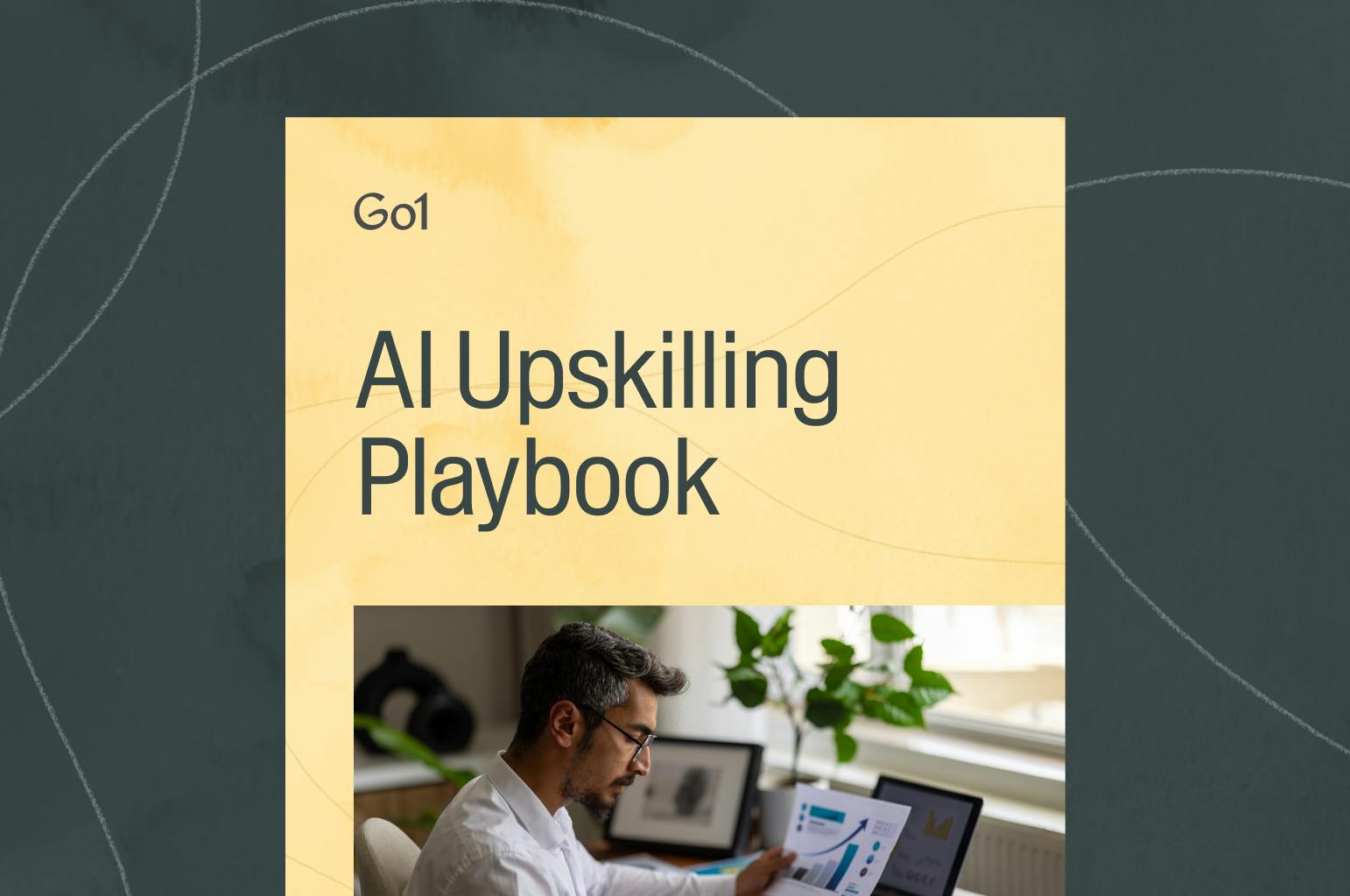Can manipulation be used for good?

No one enjoys being manipulated. In both our personal and professional lives, “manipulation” tends to raise red flags—often linked with deception or control. But what if we viewed it through a more nuanced lens?
Whether you call it influence, persuasion, or behavioral nudging, the truth is: we’re surrounded by it. From marketing campaigns to leadership strategies, influence is everywhere. And in many cases, it’s being used to encourage positive actions—like quitting smoking, exercising more, or supporting social causes. So, can manipulation be used in a positive way?
The difference between persuasion and coercion
At its core, manipulation simply means “to influence or manage skillfully”. It’s not inherently bad—it’s the intent and execution that matter. For workplace leaders, this distinction is critical.
- Persuasion encourages people toward outcomes they already value or can benefit from.
- Coercion pushes people toward outcomes they wouldn’t choose freely, often through pressure or withheld information.
For L&D and HR leaders, understanding this line helps avoid inadvertently sliding into harmful territory. Motivating a team member by tying their goals to company objectives? That’s smart persuasion. Imposing change through fear or control? That’s coercion—and it erodes trust.
Leading with ethical influence
Good managers influence their teams all the time—whether it’s sparking motivation, nudging learning behaviors, or encouraging a growth mindset. Done ethically, this influence supports both employee development and organizational goals.
Leadership author Jonathan Fields suggests three questions to help distinguish ethical influence from manipulation:
- What’s your intent?
- Are you being transparent?
- What is the impact on of benefit for the other person?
These questions serve as a practical gut check for any manager seeking behavior change. When the answers align with your team’s growth, you’re in the realm of positive influence.
Influence for impact—done right
Ethical influence is also at the heart of powerful L&D strategies. Non-profits use it to drive donations. Healthcare systems use it to shift behaviors. And in your workplace, you can use it to increase learner engagement, improve culture, and drive better results—without ever compromising on integrity.
At Go1, we believe learning can be a force for good—and that includes the psychology behind how people learn, grow, and change. That’s why our content includes trusted resources on leadership, ethics, persuasion, and emotional intelligence.
Take the next step
If you’re navigating the grey areas between motivation and manipulation in your role, you're not alone. Go1 can help you embed ethical leadership, soft skills, and values-based learning into your training programs.
Ready to lead with influence, not pressure?
Related Articles

Application Guide: How to use the Go1 AI for L&D Maturity Assessment to assess our workforce AI capability

AI upskilling made clear: A practical guide to building an AI-ready workforce

Go1 welcomes PepTalk

5 Data-Backed Insights Shaping the Future of AI in Workplace Learning

Train smarter, spend less
Train smarter,spend less
Connect with a Go1 expert to explore the best training options for your organization—no pressure, just solutions that work.